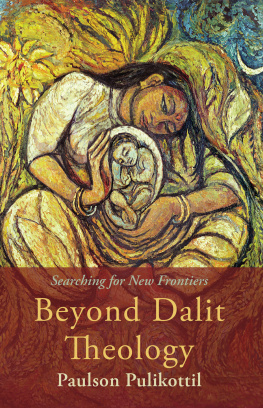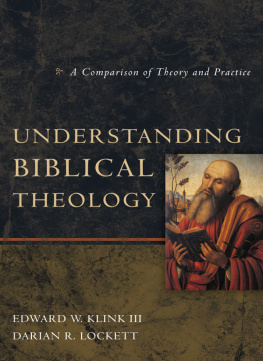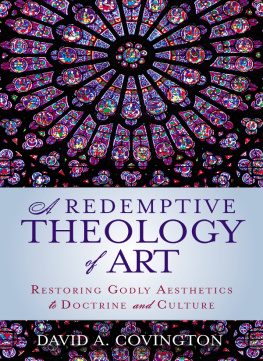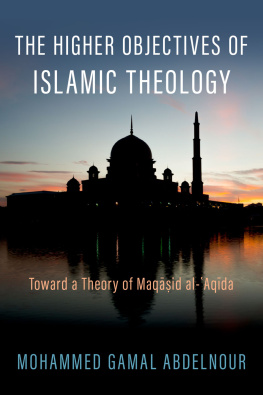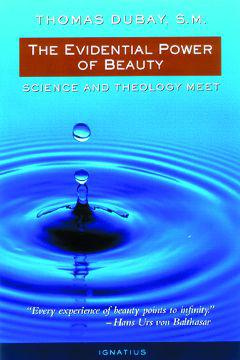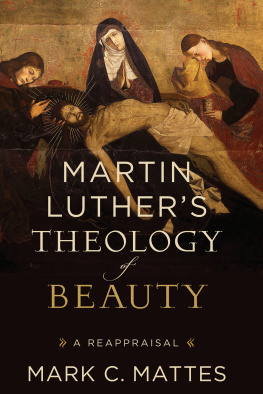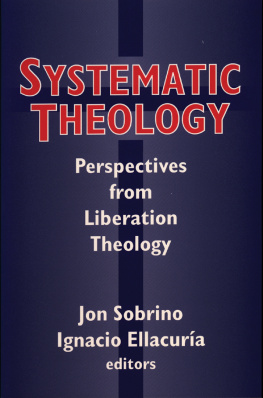Evdokimov - The Art of the Icon: A Theology of Beauty
Here you can read online Evdokimov - The Art of the Icon: A Theology of Beauty full text of the book (entire story) in english for free. Download pdf and epub, get meaning, cover and reviews about this ebook. year: 2011, publisher: Oakwood Publications, genre: Religion. Description of the work, (preface) as well as reviews are available. Best literature library LitArk.com created for fans of good reading and offers a wide selection of genres:
Romance novel
Science fiction
Adventure
Detective
Science
History
Home and family
Prose
Art
Politics
Computer
Non-fiction
Religion
Business
Children
Humor
Choose a favorite category and find really read worthwhile books. Enjoy immersion in the world of imagination, feel the emotions of the characters or learn something new for yourself, make an fascinating discovery.

The Art of the Icon: A Theology of Beauty: summary, description and annotation
We offer to read an annotation, description, summary or preface (depends on what the author of the book "The Art of the Icon: A Theology of Beauty" wrote himself). If you haven't found the necessary information about the book — write in the comments, we will try to find it.
Evdokimov: author's other books
Who wrote The Art of the Icon: A Theology of Beauty? Find out the surname, the name of the author of the book and a list of all author's works by series.
The Art of the Icon: A Theology of Beauty — read online for free the complete book (whole text) full work
Below is the text of the book, divided by pages. System saving the place of the last page read, allows you to conveniently read the book "The Art of the Icon: A Theology of Beauty" online for free, without having to search again every time where you left off. Put a bookmark, and you can go to the page where you finished reading at any time.
Font size:
Interval:
Bookmark:
THE ART OF THE ICON
A Theology of Beauty
by
Paul Evdokimov
translated by
Fr. Steven Bigham
Oakwood Publications
Pasadena, California

Table of Contents
SECTION I: BEAUTY
I. The Biblical Vision of Beauty
II. The Theology of Beauty in the Fathers
III. From sthetic to Religious Experience
IV. The Word and the Image
V. The Ambiguity of Beauty
VI. Culture, Art, and Their Charisms
VII. Modern Art in the Light of the Icon
SECTION II: THE SACRED
I. The Biblical and Patristic Cosmology
II. The Sacred
III. Sacred Time
IV. Sacred Space
V. The Church Building
SECTION III: THE THEOLOGY OF THE ICON
I. Historical Preliminaries
II. The Passage from Signs to Symbols
III. The Icon and the Liturgy
IV. The Theology of Presence
V. The Theology of the Glory - Light
VI. The Biblical Foundation of the Icon
VII. Iconoclasm
VIII. The Dogmatic Foundation of the Icon
IX. The Canons and Creative Liberty
X. The Divine Art
XI. Apophaticism
SECTION IV: A THEOLOGY OF VISION
I. Andrei Rublevs Icon of the Holy Trinity
II. The Icon of Our Lady of Vladimir
III. The Icon of the Nativity of Christ
IV. The Icon of the Lords Baptism
V. The Icon of the Lords Transfiguration
VI. The Crucifixion Icon
VII. The Icons of Christs Resurrection
VIII. The Ascension Icon
IX. The Pentecost Icon
X. The Icon of Divine Wisdom
Section I
Beauty
CHAPTER ONE
The Biblical Vision of Beauty
Beauty is the splendor of truth. So said Plato in an affirmation that the genius of the Greek language completed by coining a single term, kalokagathia . This word combines goodness and beauty together as if they were the two slopes of one mountain. At the highest degree of synthesis, that which is found in the Bible, truth and goodness offer themselves for our contemplation. Their living union, symbiosis, denotes the integrity of being from which beauty springs forth.
The bird on the branch, the lily in the field, the deer in the forest, the fish in the sea, the numberless companies of happy men, all these proclaim with great joy: God is love! But from below, and as if carried by all these voices, like the moaning bass below all the high sopranos, we hear, de profundis , the voices of the sacrificed victims: God is love.
The sacrificed victims, the martyrs, the wounded friends of the Bridegroom, these offer themselves as a spectacle to angels and men, and they form the fundamental harmonies of the immense hymn of salvation. The harvested ears of grain, these the Lord stores in the granaries of his Kingdom. Holy Tradition sees in this image the imitation of Christ in Beauty. St. Nicholas Cabasilas, the great liturgist of the 14th century, expressed it this way when he spoke of those who were able to love sovereign Beauty above everything else,
The Creator, like a divine poet, in bringing the world into being out of nothingness, composed his Symphony in Six Days , the Hexameron . After each one of his creative acts, he saw that it was beautiful . The Greek text of the biblical story uses the word kalon - beautiful and not agathon - good; the Hebrew word carries both meanings at the same time. In addition, the Hebrew verb to create is conjugated in the completed mood. That is to say, the world has been created, is created, and will be created until its fulfillment. Even at the moment it leaves Gods hands, the sprout of creation is already beautiful, but this very seedling points to its evolution, to the very lively but tragic history of God and man working together, their synergy. According to St. Maximus the Confessor, the realization of the primal beauty in the perfect Beauty takes place at the end and is called the Kingdom.
Holy Tradition makes an important clarification in this matter. Evagrius Ponticus, a great spiritual writer of the 4th century, commented on an alternate reading of the Lords Prayer in which one manuscript of St. Luke has Your Holy Spirit come. instead of Your Kingdom come. Evagrius said that the Kingdom of God is the Holy Spirit; we pray the Father to send him down on us. In agreement with Holy Tradition, Evagrius identified the Kingdom with the Holy Spirit.
If therefore the contemplated Kingdom is Beauty, the Third Person of the Trinity reveals himself as the Spirit of Beauty . Dostoyevsky understood the point very well: The Holy Spirit is the direct seizure, grasping of Beauty. He communicates the splendor of holiness. This is why, according to St. Gregory Palamas, in the heart of the Trinity, the Spirit is the eternal joy where the Three delight in each other. The famous icon of the Trinity by Rublev offers us the gripping vision of this divine Beauty.
The trinitarian dogma states that if the Son is the Word that the Father pronounces and which becomes flesh, the Spirit manifests the Word, makes him audible, and makes it possible for us to hear him in the gospel. The Spirit himself, however, remains hidden, mysterious, and silent; he will not be speaking as from himself (Jn 16:13). The person of the Spirit is hidden in his very manifestation: Though your Name is heartily desired and constantly proclaimed, no one can say what it is. In relation to the Word, the Gospel of the Holy Spirit is visual and contemplative. In his revelations, the Spirit is the finger of God which sketches the Icon of Being with the uncreated Light. At the threshold of the ineffable Wisdom of God, the Spirit makes us contemplate the sophianic Beauty of Meaning and builds up this meaning into a cosmic Temple of Glory.
The fathers of the 7th Ecumenical Council had this to say about the icon: What the word says, the image shows us silently; what we have heard, we have seen. Now if no one can say, Jesus is Lord unless he is under the influence of the Holy Spirit, no one can represent the image of the Lord unless he is under the influence of the Holy Spirit who is the divine iconographer. The rite for the consecration of a church insists on this attribute of the Spirit. The troparion (4th tone) sings the praises of the perfection of the adequate form at the coming of Him - who - is - Beauty: As you spread out the splendor of the heavens on high, so also here below you have revealed the beauty of the holy dwelling of your glory. Then follows the epiclesis: through your ineffable love for mankind, creation has received the theophany of Mount Sinai, the miracle of the Burning Bush, and the Temple of the great Solomon as an image of the New Covenant; we pray you and ask you send down your most Holy Spirit on us and on all your inheritance O Lord, I love the beauty of your house (Septuagint Ps 26:8).
Life and light are the well - known characteristics of the Holy Spirit. Light is above all the power of revelation which is why Deus revelatus is called God of Light. This divine Light enlightens all men (Jn 1:9) and, according to St. Symeon, transforms those that it enlightens into light. What is more, it is the source of all knowledge: by your light, we see the light (Ps 36:10) .
There are points of view, always partial and therefore deforming, and then there is full and total seeing which makes man, according to the expression of St. Macarius, which teaches us anew how to contemplate.
From the optical point of view alone, we know that the eye does not really perceive objects but only the light reflected from the objects. An object is only visible if light makes it luminous. We see the light which unites itself to the object, marries the object, so to speak, taking its form, giving it shape and revealing it. The mysterious interaction of carbon and light produces the diamond, produces beauty. According to an old folk tale, the pearl is conceived when lightning penetrates the darkness of the oysters shell. Space has no existence without light which makes it the matrix of all life. It is in this sense that life and light are identical. Light makes every person alive, making him present; he is thus the one who sees and is seen by the other, the one who lives with and toward the other, the one existing in the other. On the other hand, hell, the Greek hades or the Hebrew sheol , designate a darkened place where solitude reduces a person to the extreme emptiness of demonic solipsism where no ones look crosses anothers. The Coptic Apophthegmas of Macarius the Elder give us a gripping description of this solitude. The captives are tied back to back and only a great act of pity by the living brings them a moments rest: We see each others faces for only a split second
Next pageFont size:
Interval:
Bookmark:
Similar books «The Art of the Icon: A Theology of Beauty»
Look at similar books to The Art of the Icon: A Theology of Beauty. We have selected literature similar in name and meaning in the hope of providing readers with more options to find new, interesting, not yet read works.
Discussion, reviews of the book The Art of the Icon: A Theology of Beauty and just readers' own opinions. Leave your comments, write what you think about the work, its meaning or the main characters. Specify what exactly you liked and what you didn't like, and why you think so.

